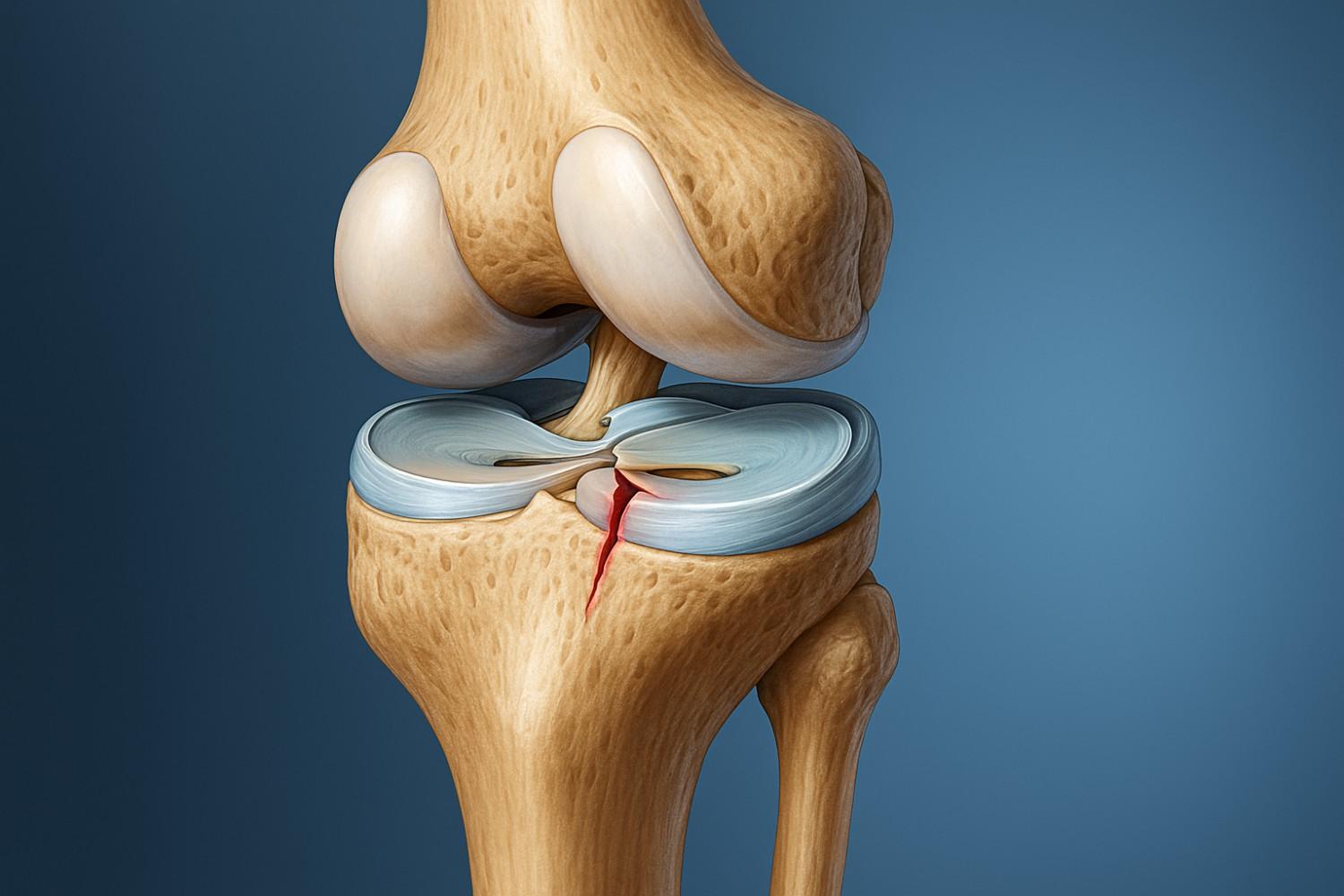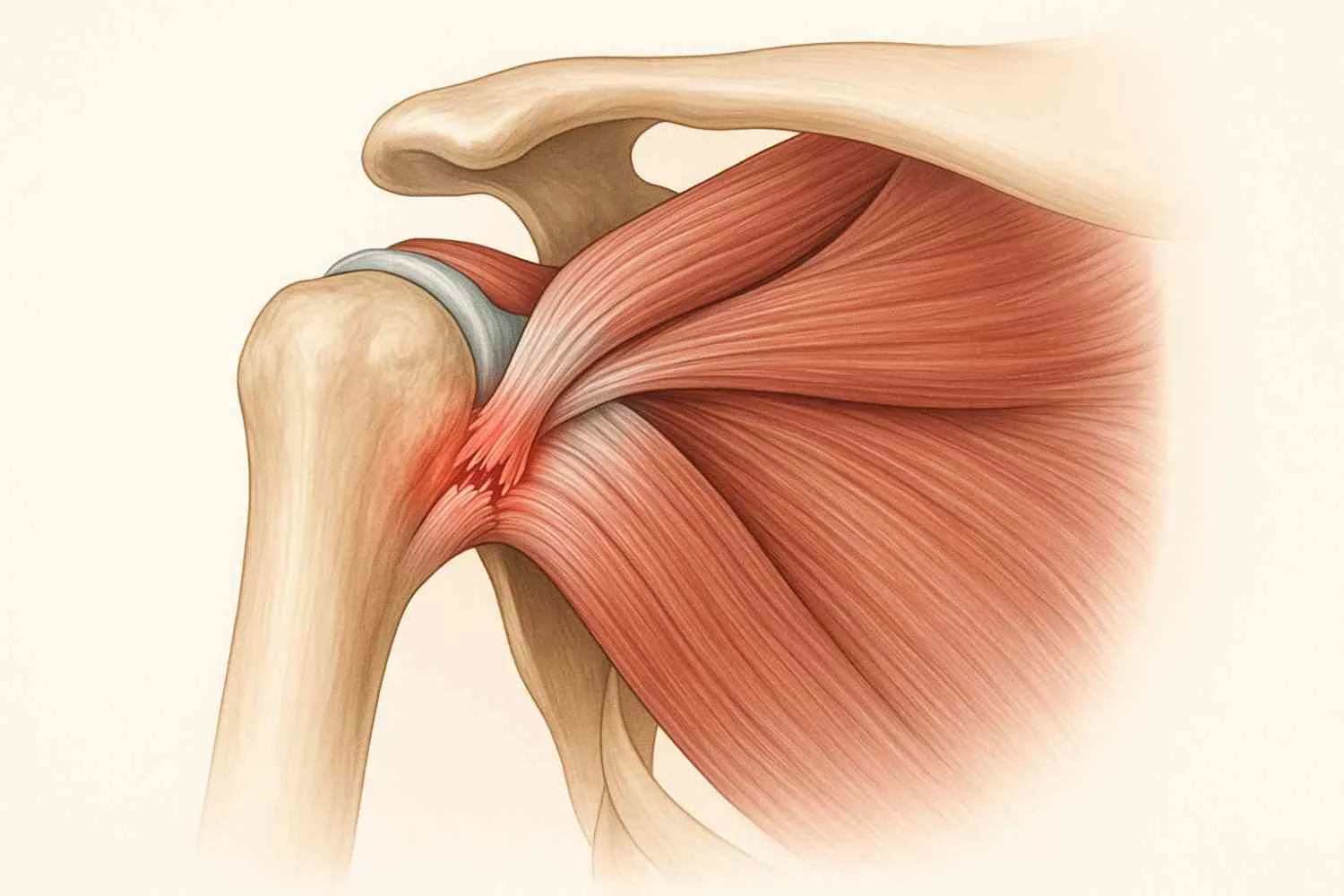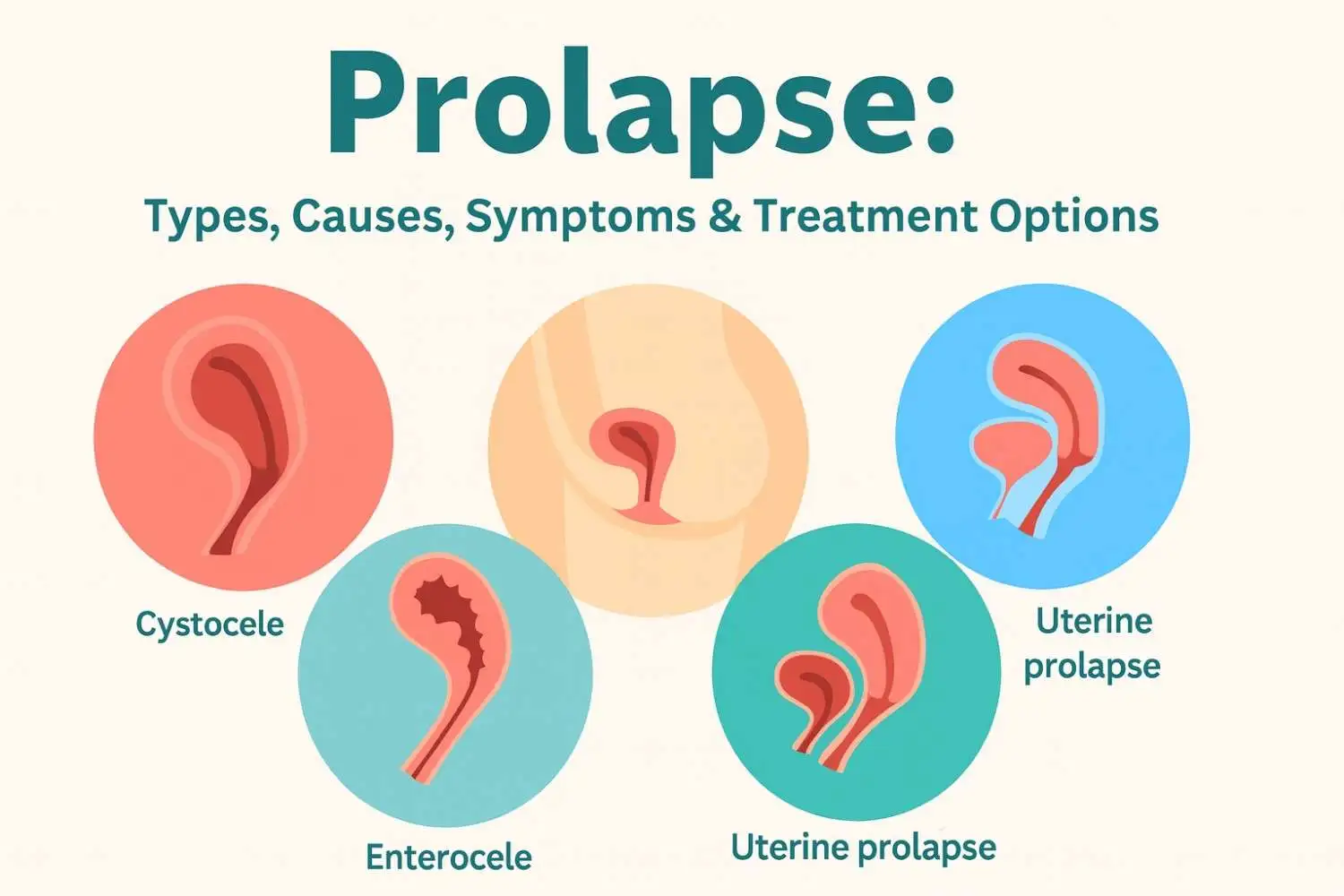




Author: Dr. Garima Biswas
Yoga 0
(8 min read)
Introduction
Pregnancy changes women physically and emotionally. Being active at this time is healthy and necessary for mother and infant health. This article will explain how exercising during pregnancy can improve pelvic floor health, well-being, and an easier pregnancy
What You Will Read
1. Problems and Solutions for Pregnancy
Conception Diabetes
Uterine Dysfunction
Osteoporosis
UTIs
Leg Swelling, Back Pain
Well-being
Promoting Pelvic Floor Health
General Health Concerns
2. Pregnancy Exercise Benefits
3. Boosting Mental Health
4. Fitness-Diet Combination
5. The Value of Family and Community Support
6. Exercise Tips for Pregnancy
7. FAQ

1. Physical Activity for Pregnant Women
Problems and Solutions for Pregnancy
The physical and mental changes during pregnancy are extraordinary. It might also cause health issues for the mother and baby. Effectively addressing these difficulties is essential for a healthy pregnancy.
Conception Diabetes
Gestational diabetes, which impairs cell sugar usage, is widespread during pregnancy. Diabetes raises blood sugar during pregnancy, harming the baby. A good diet and exercise assist in managing this condition. Prenatal yoga, swimming, and walking reduce blood sugar by increasing insulin sensitivity. Fiber-rich, low-fat, sugar-free, high-fruit, vegetable, and whole-grain diets are advocated.
Uterine dysfunction
Pelvic floor muscles support the uterus, bladder, and intestines during pregnancy. Poor pelvic floor muscles can cause urine incontinence during and after pregnancy. Kegel exercises improve pelvic floor muscles, preventing incontinence. Daily use of these motions improves pelvic floor health.
Osteoporosis
During pregnancy, bone density might decrease, increasing osteoporosis risk. Insufficient calcium and vitamin D put women in danger. Lightweight workouts like walking and muscle training assist in preserving bone density. Calcium and vitamin D intake from food or supplements is also crucial for bone health. Fortified meals, dairy, and leafy greens are good sources.
UTI(s)
The enlarging uterus and hysterical changes can block urine outflow, rendering pregnant women more prone to UTIs. Symptoms include pain and frequent urination. Active lifestyles increase blood circulation and bladder function, minimizing UTI risk. Hydration and cleanliness are also effective preventative strategies.
Leg swelling, back pain
Many pregnant women develop edema and lower back discomfort owing to weight gain and hormonal changes. Reduced fluid retention and improved circulation from exercise can assist. Prenatal yoga and stretching minimize back pain and increase flexibility, improving daily living.
Safe Pregnancy Exercises for Back pain:
Well-being
Stress and hormonal changes during pregnancy can induce anxiety and depression. Exercise releases mood-lifting endorphins, which can help with these issues. Regular exercise improves sleep, stress, and mental health. Sometimes counseling or support groups help.
Promoting Pelvic Floor Health
Pregnancy and postpartum pelvic floor health are essential. The pelvic floor muscles support the bladder, uterus, and intestines; keeping them strong helps avoid urine incontinence. Regular pelvic floor muscular contractions and relaxations like Kegels help improve muscle tone and control. Good posture, avoiding excessive lifting, and keeping a healthy weight also help pelvic floor health. Adding these activities to everyday routines supports the body's essential processes, improving well-being and comfort.
General Health Concerns
Pregnancy might worsen edema, back pain, and weariness. Exercise improves blood flow, hydration retention, and energy. Prenatal yoga helps reduce back discomfort and increase flexibility, making daily tasks easier.
2. Pregnancy Exercise Benefits
Regular exercise during pregnancy improves cardiovascular health, weight control, and gestational diabetes risk. Exercise reduces pregnancy symptoms including bloating, constipation, and back discomfort. Staying active builds muscle and endurance, making labor and delivery easier.
3. Boosting Mental Health
Physical activity boosts mental health throughout pregnancy. Exercise reduces tension and anxiety via endorphins. It improves sleep, which is essential for prenatal care. Custom workout routines can help high-risk pregnant women manage stress and improve mental resilience, giving them control and enjoyment.
4. Fitness-Diet Combination
Pregnancy requires a balanced diet and frequent exercise. Mother and child need adequate fluids, vitamins, and minerals. A nutritious diet and frequent exercise promote pregnant well-being.

5. The Value of Family and Community Support
Healthy pregnant lifestyles depend on family and community support. Family support and community programs can help. Collaboration in prenatal treatment improves moms' emotional and physical well-being.
6. Exercise Tips for Pregnancy
First Trimester: Low-impact first-trimester choices include prenatal yoga, swimming, and strolling. Try 30 minutes of exercise 3-4 times a week.
Second Trimester: Fast walking, stationary cycling, and modest weight exercise are advised in the second trimester. Exercise regularly for 30 minutes, 4-5 days a week.
Third trimester: Moderate walking, stretching, and yoga assist preserve wellness. Adapt to your changing physique and exercise 30 minutes, 3-4 times a week.
FAQ
Q. Is exercise safe during pregnancy?
A. Exercise is safe and useful if done under supervision and without overexertion.
Q. Which workouts are ideal during the first trimester?
A. Ideal low-impact activities are prenatal yoga, swimming, and strolling.
Q. Can back discomfort be reduced by exercise?
A. Mild stretching and prenatal yoga reduce back pain and promote flexibility.
Q. How can exercise improve pregnant mental health?
A. Endorphins from exercise improve mood, sleep, and anxiety.
Q. Does diet improve pregnant health?
A. A balanced diet and exercise are critical elements for health.
Also Read This: Pelvic Floor Health
Add comment



























.webp)





.jpg)






































